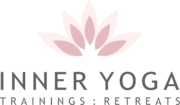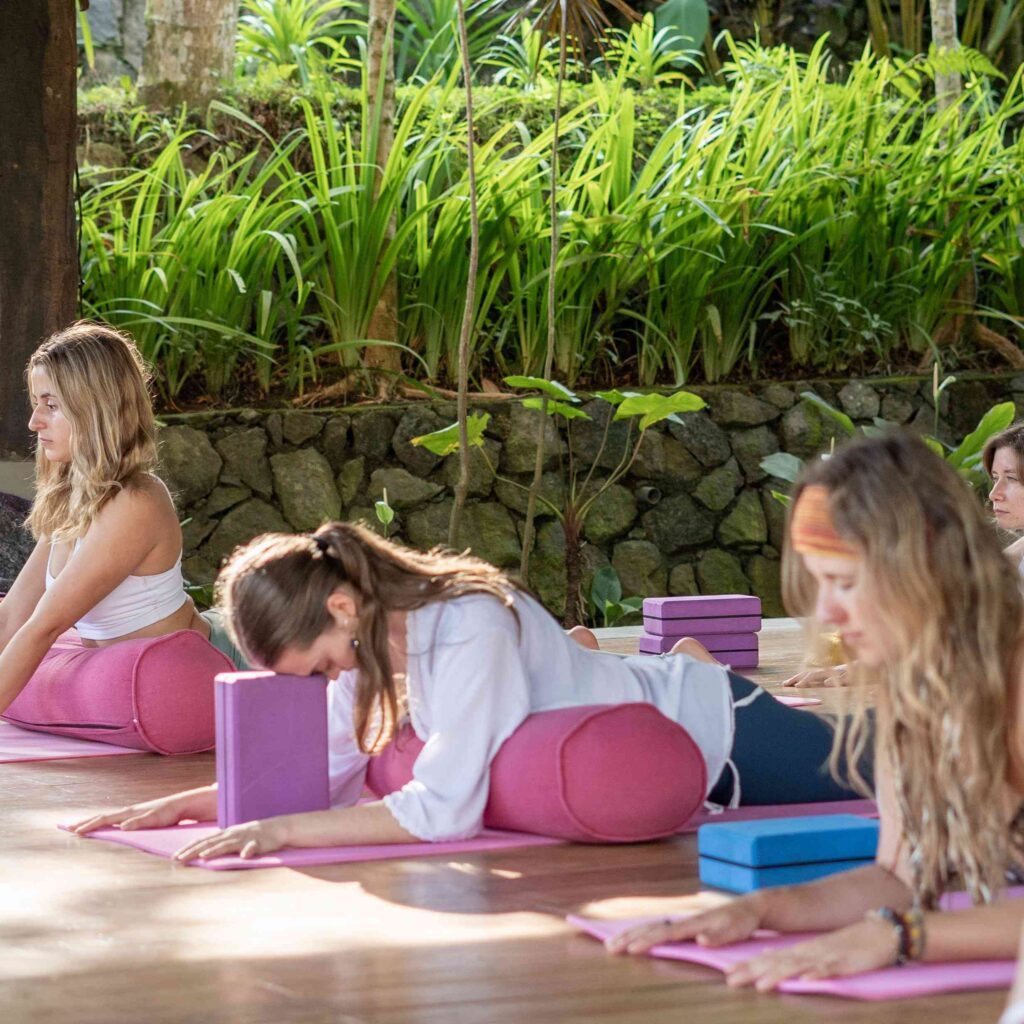Stillness and introspection amidst a life of constant movement are no longer a luxury, they are a necessity. A regular yoga practice is an opportunity to cultivate spaciousness and calm as a part of daily life. Practicing yoga, whether it be vinyasa, Hatha, ashtanga, or yin, all have an influential impact on the nervous system and therefore our state of being. A regulated nervous system is an essential component of living life from a centered, stable place. Unfortunately, most of us are living with energetic and emotional restrictions in our bodies that stop us from living in a state of equilibrium. Often, these energetic stagnations can be credited to an emotional/energetic imprint of past experiences held in the body. These somatic imprints are known as samskaras.
In modern-day life, when we are hit with emotion, it is often considered socially unacceptable to express it immediately. If someone says something that triggers us, in many cases it would be deemed inappropriate to start crying on the spot. This causes us to suppress and shut down emotion so it gets stored in the body to be felt at a later date. Beyond uncomfortable social situations, the body will also shut down emotions in traumatic circumstances for survival purposes. According to yogic teachings, these energetic stagnations are stored in the body as samskaras. These energetic imprints cause us to store tension or holding in the body, leading to not only physical restraint but also mental health and emotional unease. Accessing these feelings is possible through yoga, and is accessed with particular potency through the practice of yin yoga.
Yin yoga is a practice that targets the deeper connective tissues of the body such as tendons and ligaments the structures that hold our muscles and bones in place. Everything in the body is held together with a connective tissue called fascia. These deeper layers of connective tissue in the body aren’t as pliable as muscles so they take longer to respond to a pose. That’s why in yin yoga postures are generally held for anywhere from 2-6 minutes. This prolonged subtle stress on the fascia encourages not only a significant increase in mobility but a release of the emotional tension stored in the connective tissue as well. With an understanding of samskaras, we can witness the impact of a yin yoga practice on releasing the patterns of thought and behavior that are no longer serving us. In this way, the practice of yin yoga transcends the physical and provides an opportunity to break free from the shackles of conditioned responses.
The Western world is growing in its awareness of this mind-body connection. The effectiveness and importance of emotional release through the body is knowledge that has become widespread in recent years. According to Traditional Chinese Medicine, the foundational principles of which are taught by the yin yoga teacher training in Bali, these physical and energetic blockages are due to energetic blockages in the meridians. Meridians are energetic pathways in the body through which Qi, or vital life force energy, flows. From this approach, through stimulating the meridians in a yin yoga practice and unblocking stuck energies, both physical and emotional equilibrium can exist.
When you join Inner Yoga Training in Bali for their 100-hour yin yoga training you will have the opportunity to incorporate other practices such as mindfulness teachings, sound healing, and voice activation. These are potent practices that complement your yin yoga practice and help peel back the layers of conditioning and release stored emotional responses in the body and mind. With the addition of Traditional Chinese Medicine into the yin training, you will also gain an insight into how this ancient science can help stimulate the connective tissue and offer releases to help harmonize the flow of Qi or energy throughout the physical, mental, and emotional bodies.
It has been common knowledge for thousands of years that emotional and energetic tension can be released through physical practices, and thankfully, modern medicine is starting to catch up. Thanks to the wider spread of awareness of both yoga and Traditional Chinese medicine, yin yoga as well as other forms of yoga are becoming more widely accessible by the day. By incorporating a regular yin yoga practice into our lives, we can clear physical, emotional, and energetic tension and navigate life from a more regulated and stable place.

